Ever wander through the woods or hike up a mountain and feel like you’ve just stepped into a scene from a sci-fi movie? Well, the American wilderness is home to some creatures that seem to have skipped the line for normal and went straight to bizarre. From the odd to the extraordinary, these wild wonders might make you question if you’re still on planet Earth.
1. Axolotl: The Smiling Salamander
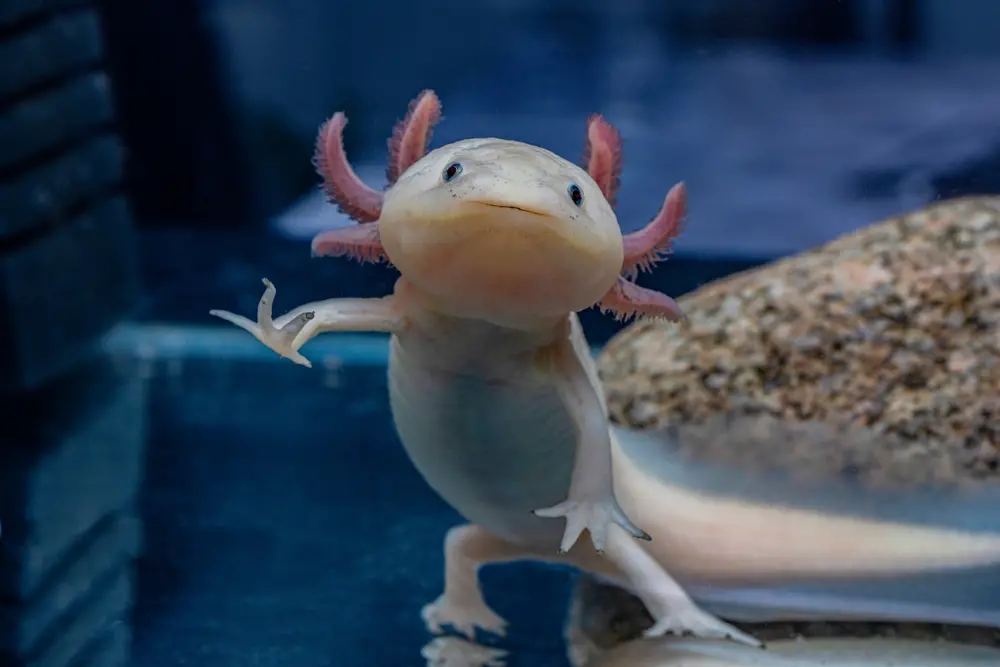
You’d think the axolotl was beamed down from a distant planet with its perpetual smile and frilly gills dancing around its head like some alien headdress. What’s truly out of this world about these little guys is their superpower—limb regeneration. According to the National Institutes of Health, axolotls possess a remarkable ability to regenerate lost or damaged tissues, including whole organs and limbs. They’re mostly found in the wild in Mexico, but their peculiar appearance and ability keep them popular in aquariums across the U.S. Watching one gracefully glide through the water is like watching a creature from another time, reminding us that nature still holds many secrets.
Their pink, almost translucent skin and wide-eyed gaze make them appear as if they’re perpetually curious about our world. Unfortunately, in their natural habitat, they’re critically endangered. Conservation efforts are underway to ensure that these otherworldly creatures don’t disappear forever. So next time you see one, either in a tank or in a nature documentary, take a moment to appreciate the wonders of evolution that have kept this extraordinary species around for all of us to marvel at.
2. Armadillo: Nature’s Little Tank
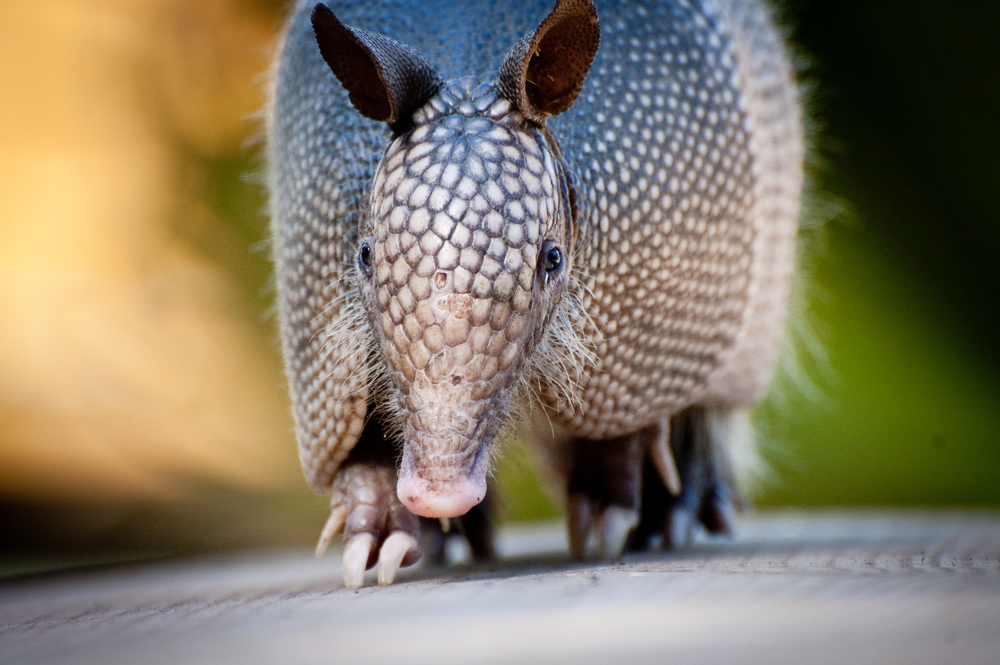
Stepping out of a fairytale or maybe a prehistoric era, the armadillo marches through the wild terrains of America with its unmistakable armor plating. It’s like watching a miniature tank wobble its way through the grass. As noted by Live Science, armadillos are barrel-shaped animals covered with natural armor, providing them protection against predators. Primarily found in the southern states, these creatures have a knack for stealthy digging, often reimagining your backyard as their personal excavation site. The armadillo’s unique defense mechanism, rolling into a ball, adds to its mystique, making it appear as a living bowling ball. But don’t let their tough exterior fool you—they’re surprisingly delicate creatures who often fall victim to traffic accidents. Their alien-like appearance and behaviors are so captivating that they have become a symbol of resilience and adaptability in challenging environments. Next time you spot one, give a nod to this ancient wanderer, a relic of Earth’s past that continues to trundle through our modern world.
3. Platypus: The Animal That Confused Evolution
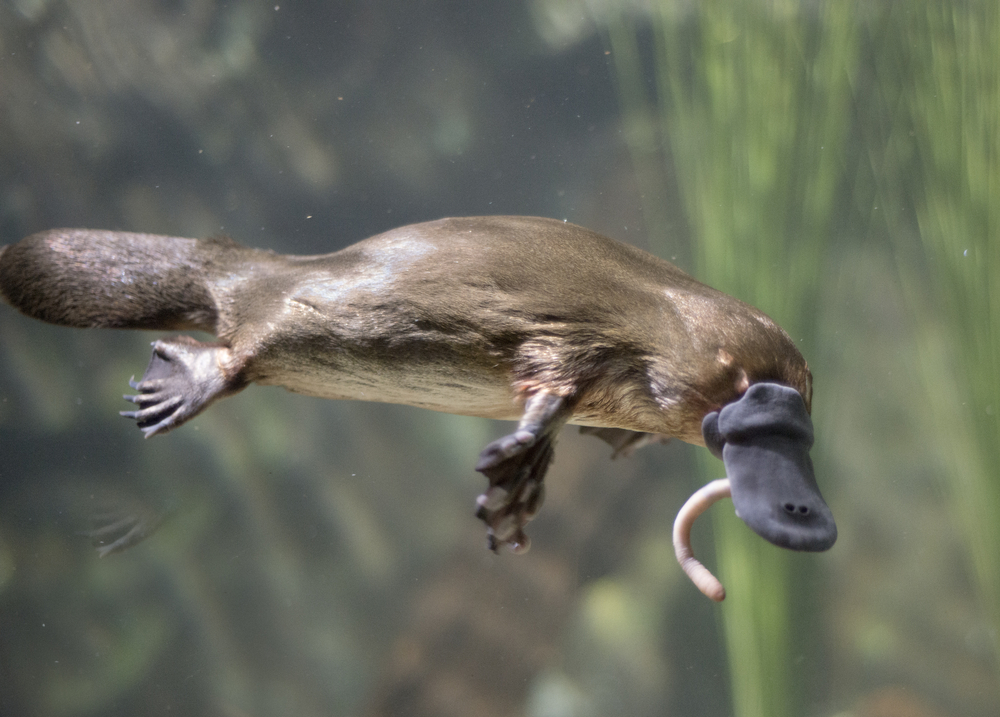
Imagine the confusion when the first platypus specimen was sent to Europe; it seemed to defy all logic—a mammal that lays eggs and has a duck’s bill? Surely someone was playing a prank. But no, the platypus is very real and very unique, a living example of nature’s sense of humor. This oddball makes its home in the waterways of Australia, but you can find them in zoos and documentaries across America. Their webbed feet, beaver-like tail, and ability to sense electric fields make them seem like they belong on another planet.
The platypus’ venomous spur only adds to its alien persona, making them one of the few venomous mammals. They’re a reminder of the incredible diversity of life and how evolution can create such unpredictable wonders. These creatures challenge our understanding of biology and taxonomy, and their continued survival is a testament to their adaptability in a changing world. So, while you might not find them roaming the American wilderness, they’re undoubtedly a must-see for anyone fascinated by animal oddities.
4. Luna Moth: The Fairy of the Night
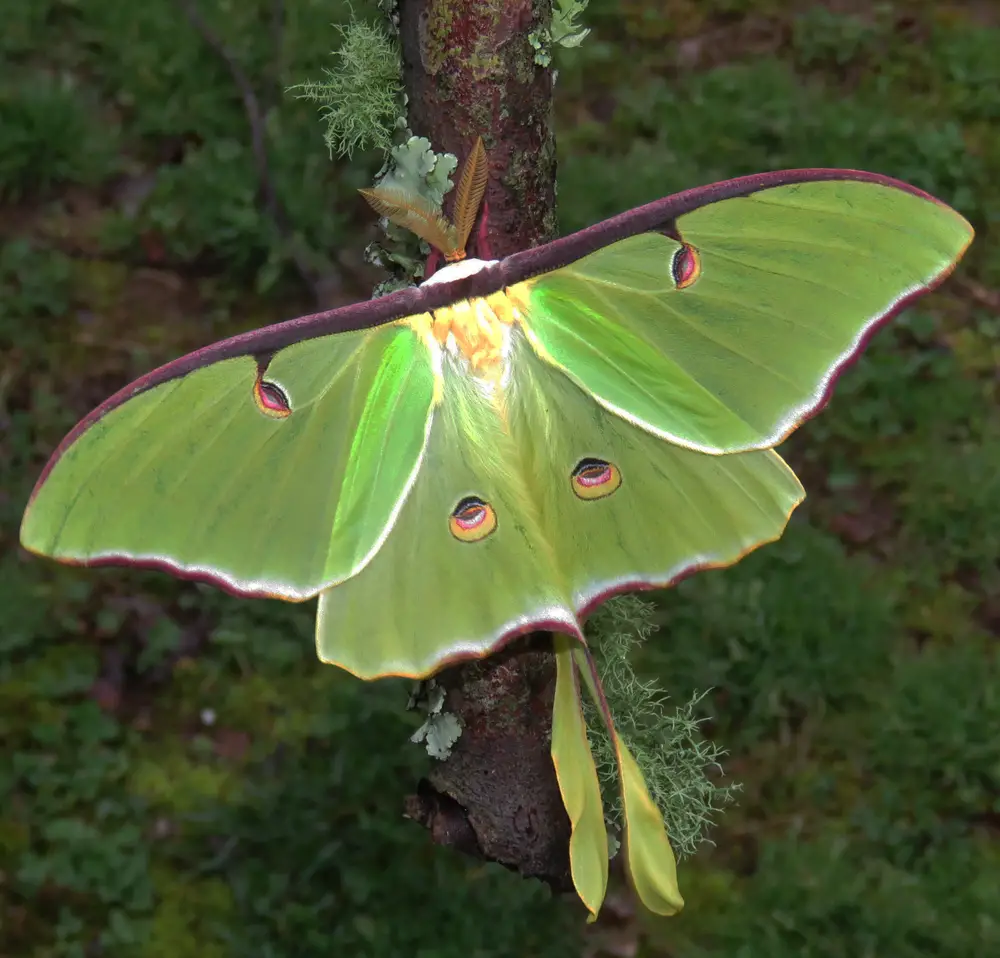
If you’ve ever been lucky enough to see a luna moth fluttering by, you’d be forgiven for thinking you’d just spotted a fairy. These ethereal beauties are like something out of a fantasy novel with their long tails and luminous green wings. They’re mostly found flitting through wooded areas across the eastern United States, emerging primarily during the night. Their short lifespan, around a week as adults, adds to their mystique—just enough time to find a mate and lay eggs before vanishing back into nature’s ether.
Their wings, which glow in the moonlight, serve as a stunning display of nature’s artistry. Every time you see one, it’s like a glimpse into a hidden world where magic truly exists. Despite their fragile appearance, luna moths are a testament to the delicate balance of life and the intricate dance of ecosystems. They remind us that even the briefest lives can have a lasting impact, leaving us in awe of the natural world’s wonders.
5. Star-Nosed Mole: The Alien Underground
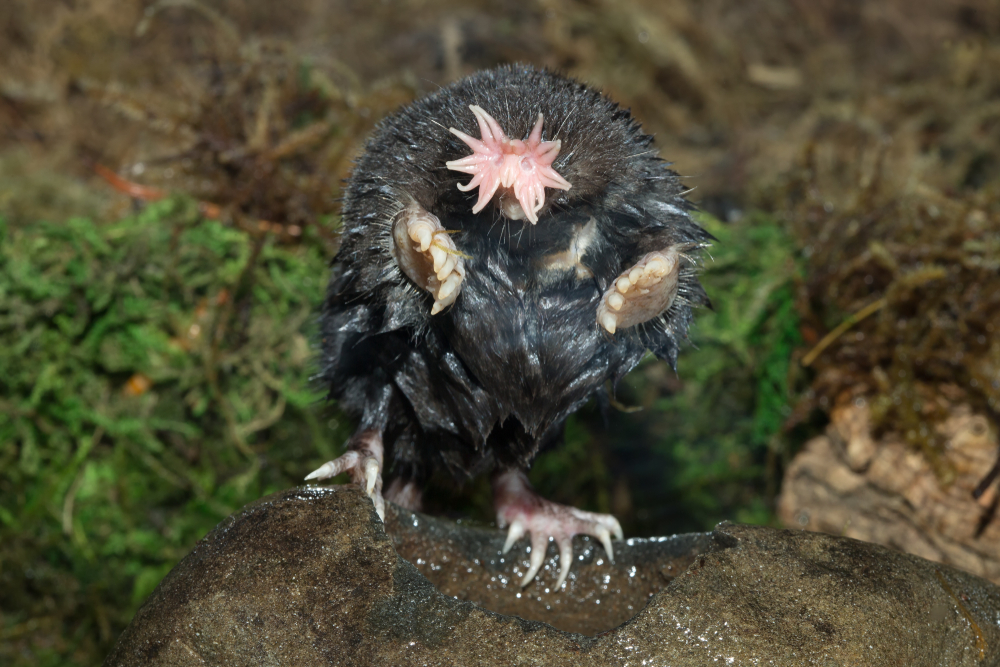
The star-nosed mole is like something straight out of a science fiction story, with a snout that looks more like the head of an alien creature. This bizarre little mammal is equipped with 22 fleshy appendages on its nose, designed to sense the environment with incredible speed and precision. Found primarily in wet lowland areas of the northeastern United States, these moles are superb tunnel diggers, crafting intricate networks beneath the earth. Their unique nose is more than just a curiosity—it’s a highly evolved tool that helps them identify and consume prey faster than any other mammal.
In the darkness of their underground lairs, the star-nosed mole is a master of its domain, using its sensory superpower to thrive where few others can. Their alien-like appearance and behaviors make them a fascinating subject for scientists and nature enthusiasts alike. They’re a reminder of how evolution can lead to extraordinary adaptations that help species survive and flourish. Next time you pass by a muddy, swampy area, take a moment to imagine the strange and wondrous world happening just beneath your feet.
6. American Bison: The Grounded Giants
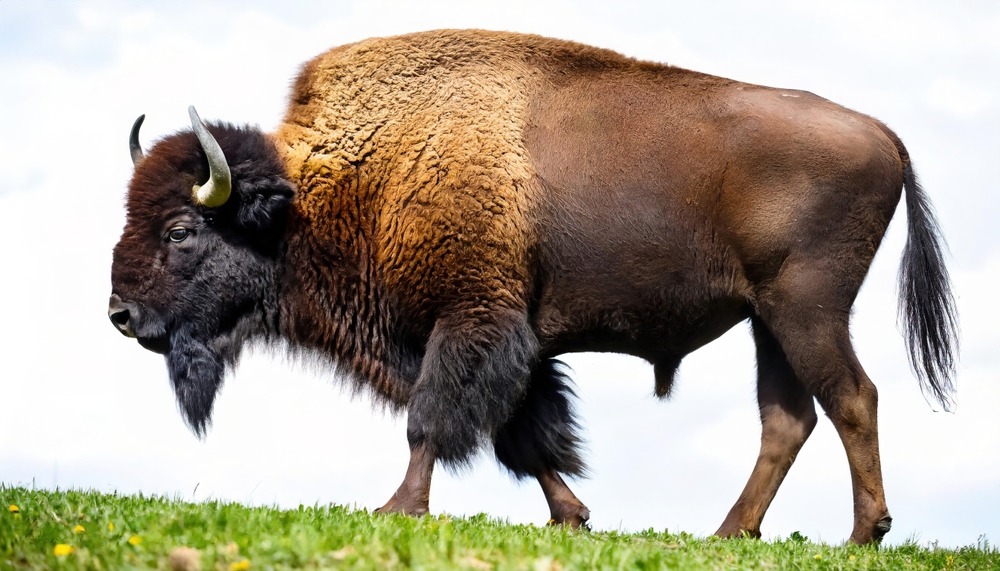
While they don’t look like creatures from outer space, American bison certainly feel like majestic beasts from another era. These massive mammals once roamed the Great Plains in herds so vast that they seemed to stretch to the horizon. Today, seeing a bison in the wild is like catching a glimpse of America’s ancient past, a time when these majestic animals were the kings of the plains. Their shaggy coats and powerful builds make them appear almost mythological, standing as a living testament to the continent’s rich natural history.
Bison have a unique place in American culture, symbolizing strength, freedom, and the resilience of the natural world. Watching a herd move across the plains is a powerful reminder of the vastness and beauty of the American wilderness. Despite their imposing size, bison were nearly driven to extinction, but conservation efforts have helped their populations recover. They serve as a powerful example of what can be achieved when humans work to protect and preserve the wonders of our world.
7. Pronghorn: The Speed Demons of the Plains
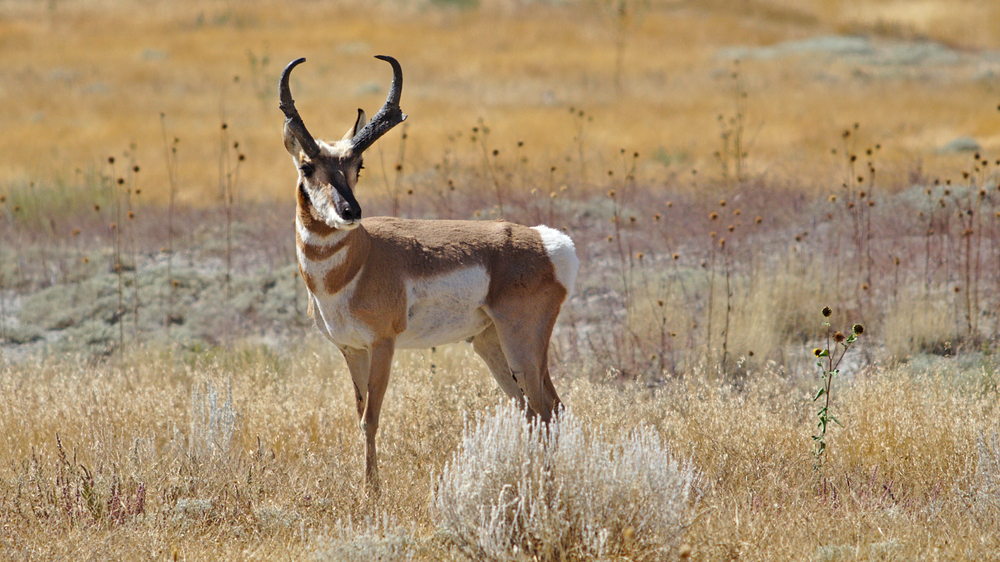
Pronghorns might not look like creatures from another world, but their speed and endurance make them seem superhuman—or super-animal. These ungulates are the second-fastest land animals on the planet, capable of reaching speeds up to 55 mph and maintaining them over long distances. Found primarily in the open plains and deserts of western North America, pronghorns are a marvel of evolution, perfectly designed for life on the wide-open plains. Their distinctive white and tan markings and elegant horns make them easy to spot, yet their speed ensures that they’re usually just a fleeting glimpse.
Watching a pronghorn in full sprint is like witnessing a masterclass in grace and agility, a true testament to nature’s ingenuity. Despite their speed, pronghorns face many challenges, including habitat fragmentation and human encroachment. Conservation efforts continue to ensure that these incredible animals remain a part of America’s wild landscapes. The pronghorn’s existence reminds us of the intricate balance of ecosystems and inspires us to preserve the wild spaces that allow such magnificent creatures to thrive.
8. Gila Monster: The Desert’s Venomous Lizard
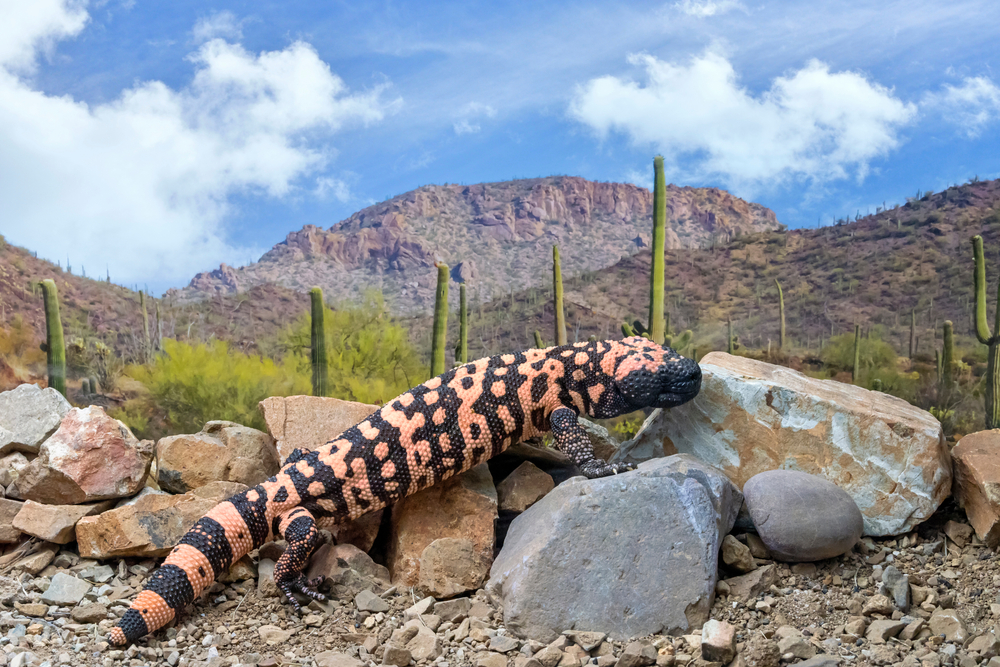
With its vibrant, bead-like skin and deliberate movements, the Gila monster might just be the closest thing we have to a living dragon. Found in the arid environments of the southwestern United States, these lizards are one of the few venomous reptiles in North America. Their striking orange and black coloration warns predators of their toxic bite, yet their slow, methodical movement gives them an almost otherworldly presence. Despite their fearsome reputation, Gila monsters are relatively reclusive, preferring to stay hidden in the rocky crevices of their desert home.
Their survival in such harsh environments is a testament to their adaptability and resilience. As temperatures rise and habitats shrink, these fascinating creatures are increasingly at risk, highlighting the importance of desert conservation efforts. When you encounter a Gila monster in the wild or see one in a documentary, remember that you’re witnessing one of nature’s most extraordinary lizards, a creature that embodies the rugged beauty and tenacity of the American desert landscape.
9. Horseshoe Crab: The Ancient Mariners
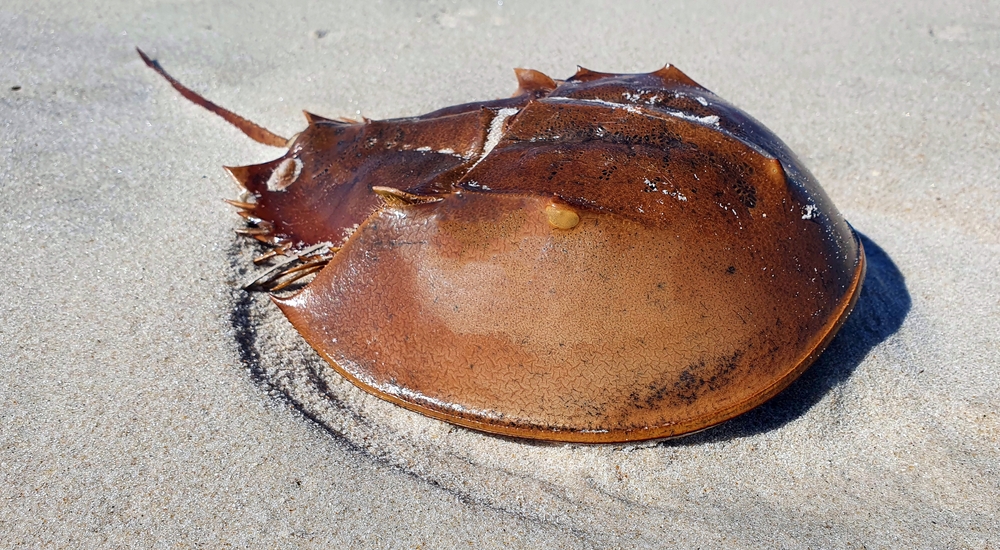
Horseshoe crabs might look like they belong more to a prehistoric ocean than our modern beaches, and for good reason—they’ve been around for over 450 million years. Found along the Atlantic coast of the United States, these creatures are living fossils, with a hard exoskeleton that resembles a battle-worn shield. Their blue blood, prized for its antibacterial properties, is just one of the many alien-like features that make them so fascinating. Watching a horseshoe crab scuttle along the sand is like peering back in time to an era when strange and wonderful creatures roamed the earth.
Despite their ancient lineage, horseshoe crabs face modern threats, from habitat loss to overharvesting. Conservation efforts are crucial to ensure that these remarkable creatures continue to play their role in our coastal ecosystems. The sight of a horseshoe crab during a beach walk is a reminder of the incredible diversity of life that has persisted through countless changes on our planet. In their ancient form, they hold secrets of the earth’s past and a silent testament to the resilience of life.
10. Narwhal: The Unicorn of the Sea
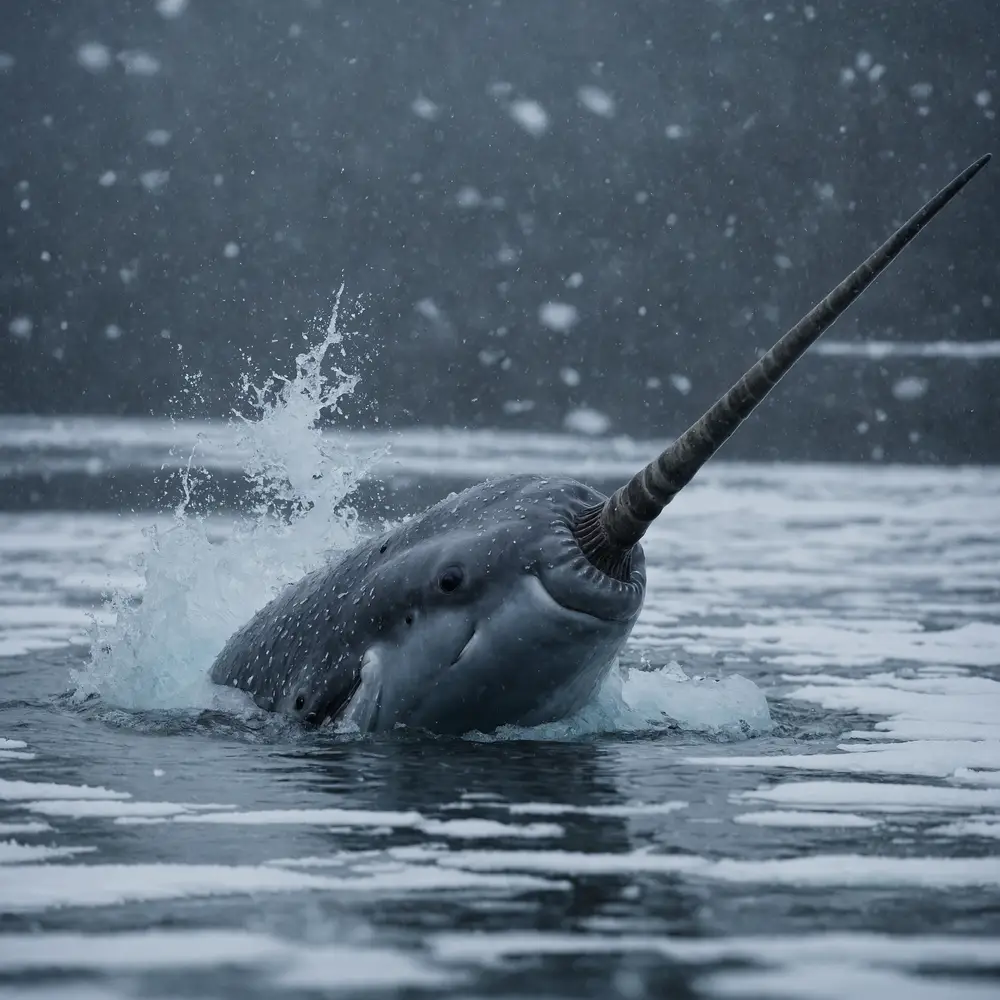
The narwhal, often dubbed the “unicorn of the sea,” seems like something straight out of a mythical tale rather than the icy waters of the Arctic. With a long, spiraled tusk protruding from its head, this marine mammal mesmerizes anyone lucky enough to glimpse it. Although they’re not native to America, narwhals capture the imagination of people worldwide and are often featured in aquariums and marine exhibits. Their tusk, which can grow up to 10 feet long, is actually an elongated tooth, adding a touch of the fantastical to their already mysterious aura.
Navigating the frigid Arctic waters, narwhals are a symbol of the wild, unexplored frontiers of our planet. They remind us of the vast, often hidden wonders of the natural world, urging us to explore and protect these precious ecosystems. As climate change threatens their icy habitats, conservation efforts become even more critical to ensure that narwhals continue to thrive. When you think of creatures that seem out of this world, the narwhal surely tops the list, a real-life unicorn swimming in the depths of our oceans.
There you have it, a journey through America’s wild side with creatures that are anything but ordinary. From the deserts to the oceans, these fascinating animals remind us of the incredible diversity of life on Earth and the importance of preserving it. So, the next time you’re exploring the great outdoors or just watching a nature documentary, keep an eye out for these extraordinary beings. Who knows, you might just feel like you’ve stepped into another world.
